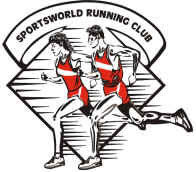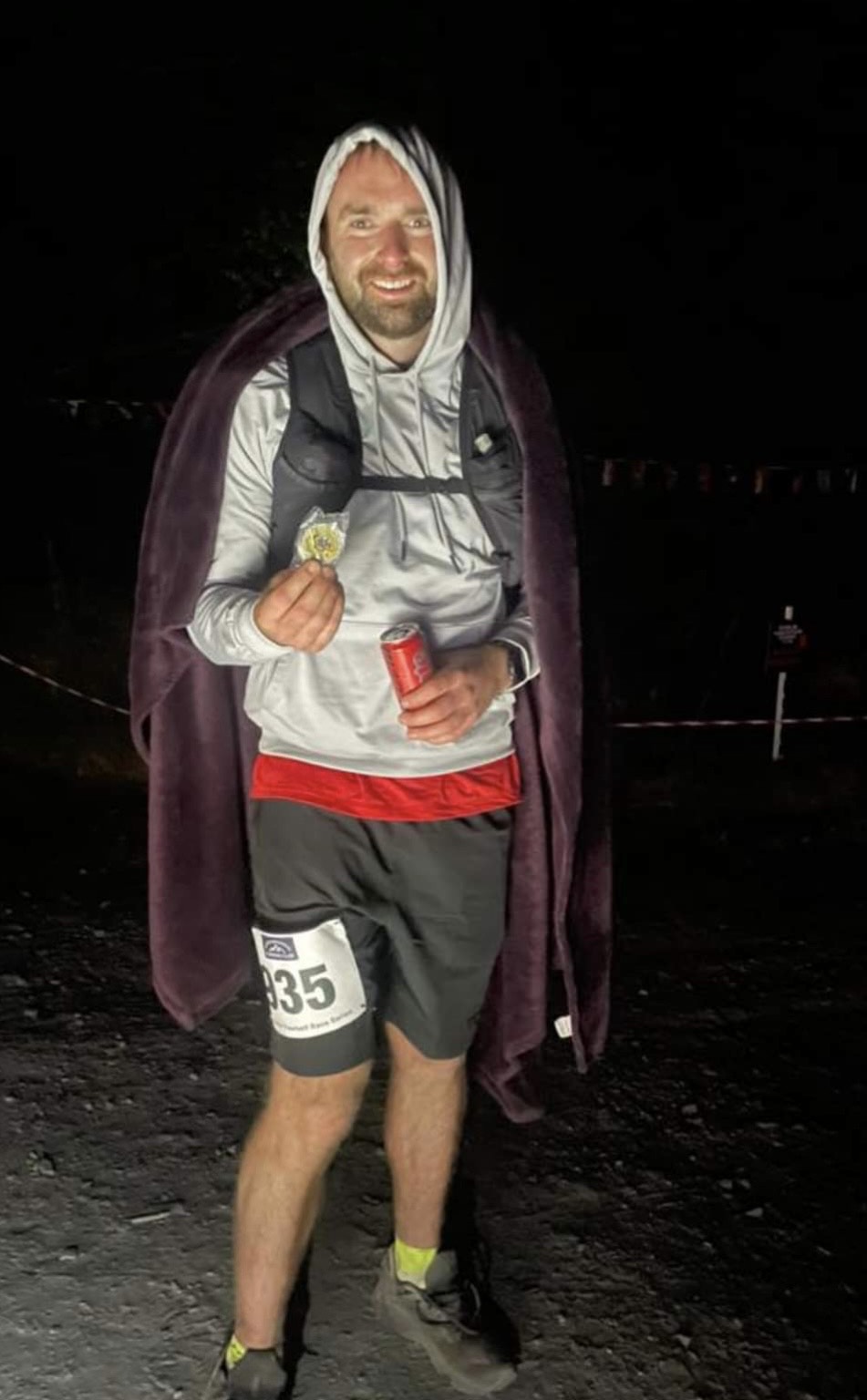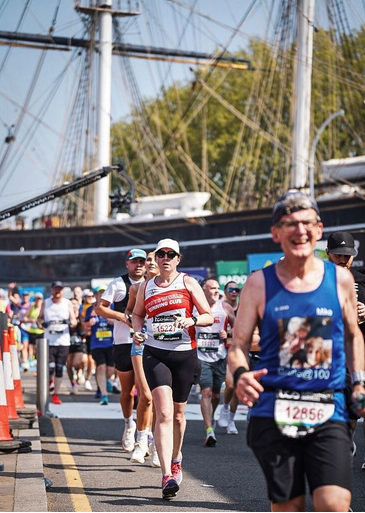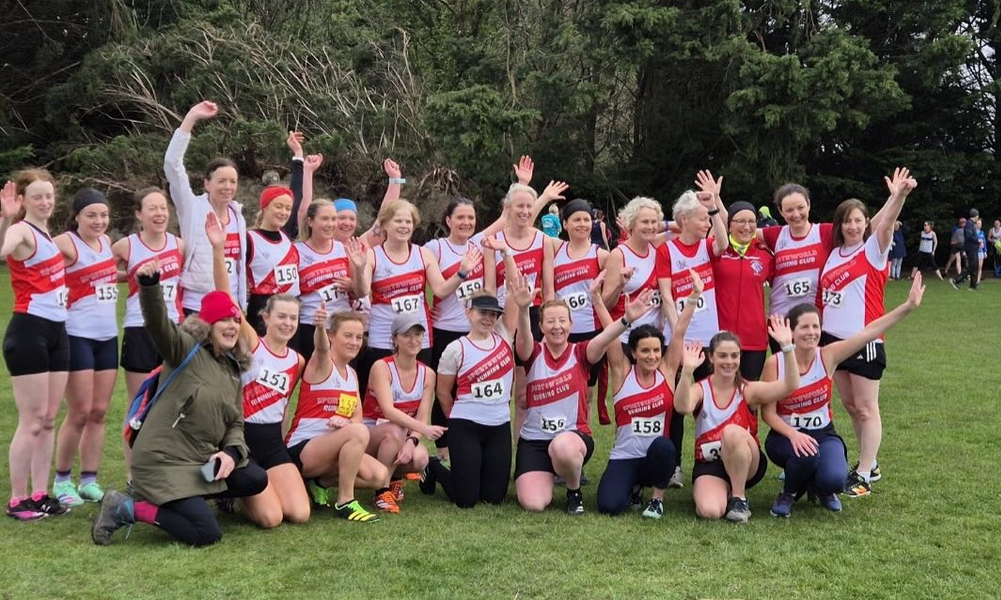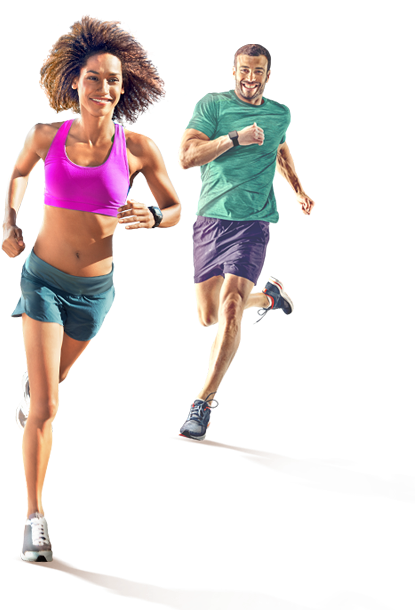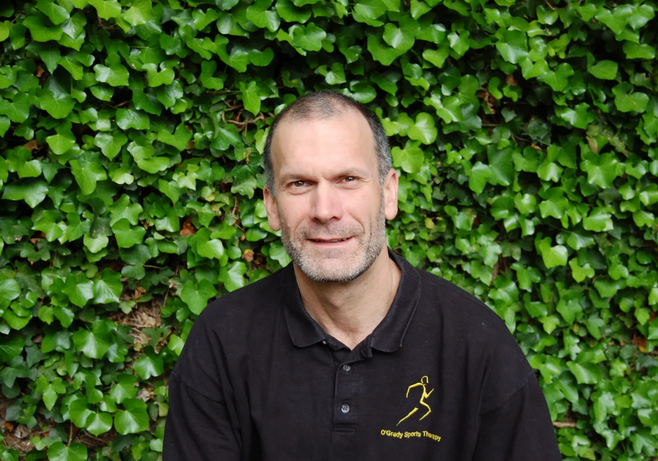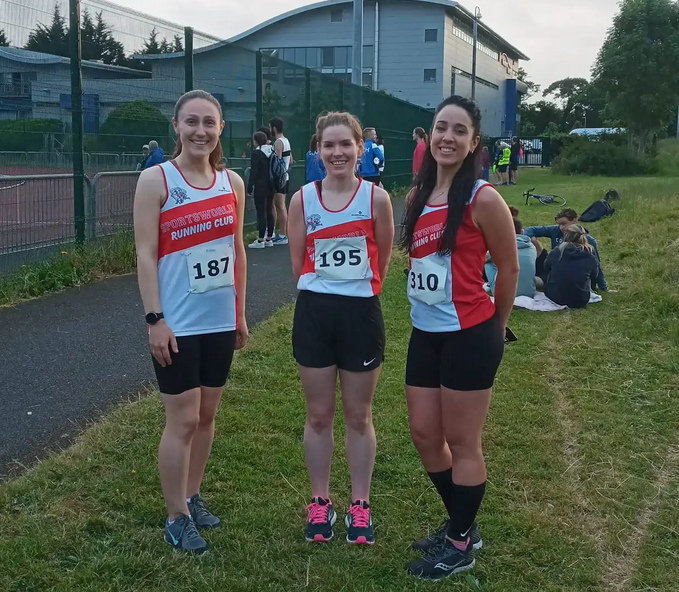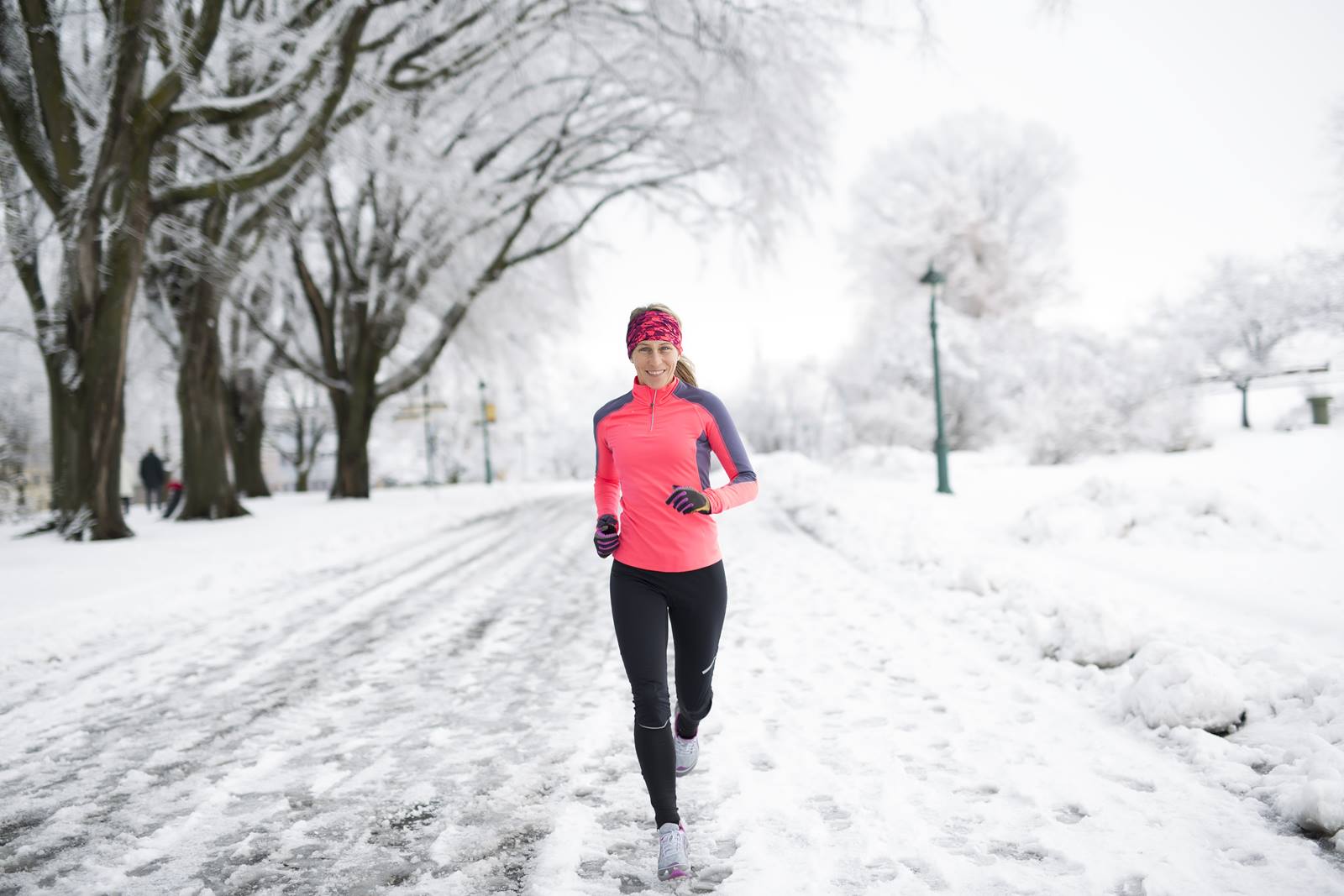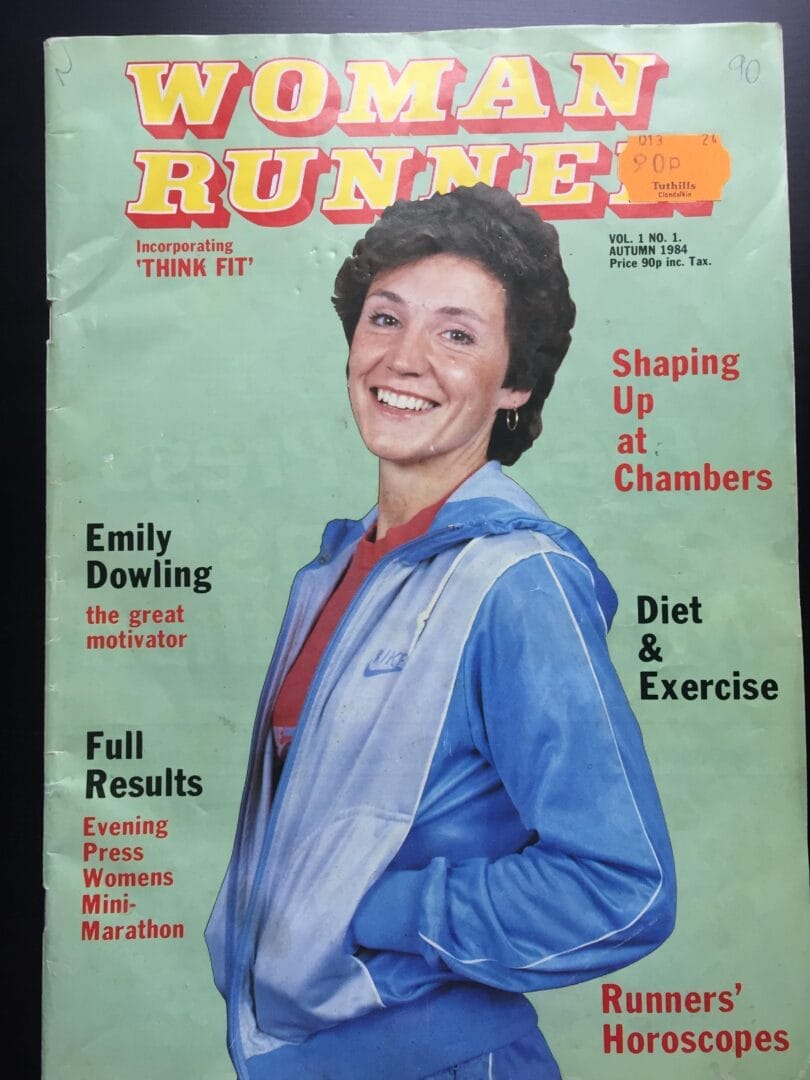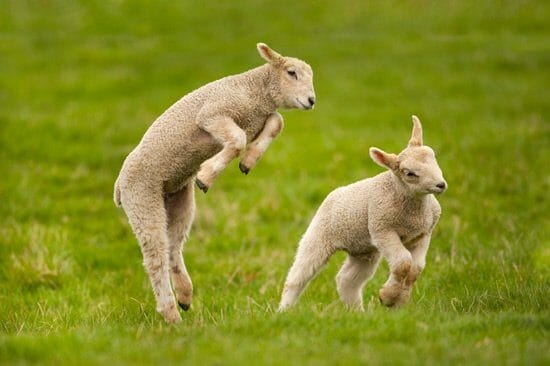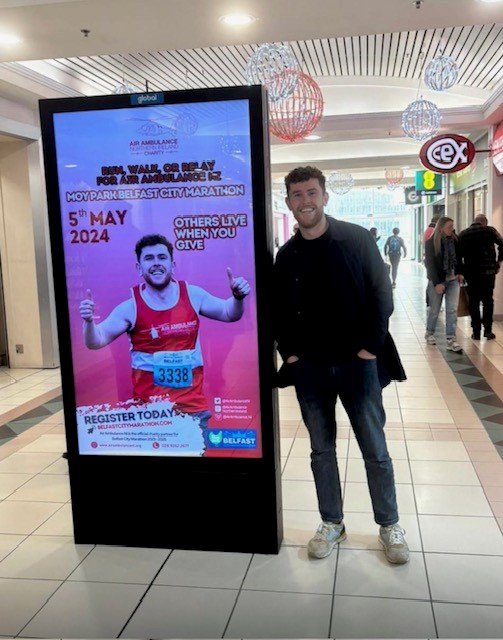What is running economy?
According to Wikipedia Running Economy (RE) measures runners’ energy utilization when running at an aerobic intensity. Those who are able to consume less oxygen while running at a given pace are said to have a better running economy. Given two runners of equal fitness (V02max) the more economical runner will be able to sustain an aerobic pace for longer and thus outperform the less economical runner over distance. (The benefits of running economy are more evident in distances over 10k).
What determines running economy?
Running economy is impacted by a myriad of factors from born-with-it physical attributes to the price of your runners, through simple, old fashioned “putting in the miles”. But some of these are beyond our control and mileage has an upper limit for most bodies. Running form is a factor which is somewhat controllable.
How is economy measured?
Precise measurement of running economy is best done in controlled treadmill conditions but a good simple test whether a runner has improved economy is running quicker times over a set distance while exercising at the same heart rate.
Another suggestion is to get a friend to video a few minutes of your running and then compare it to the style of elite runners to give some clues as to where energy is being expended without yielding forward movement.
What can be done to improve?
Firstly, trying to change running style is not without risk. Stories abound of heel strikers trying to change to midfoot strikers only to put their foot out of action. (It is now suggested that the issue is not so much what part of your foot touches the ground first, but how close that initial contact is to underneath your hips, i.e. your centre of mass.)
Secondly, what improves economy for one runner may have the opposite effect in another so it’s very much about finding what works for the individual.
That said, perhaps one of the least risky ways to improve your RE is to optimize cadence. Cadence if the number of steps taken per minute while running and is usually displayed in your Garmin app or Stava. Elite runners tend toward the 180 but one size does not fit all. Taller people will tend towards a slower cadence and vice versa. One of the side benefits of experimenting with a higher cadence is that, speed gains aside, a higher cadence reduces loading on the knees, hips and lower back and reduces overstriding and the associated braking forces.
-Simple Cadence Drill
- Find out your current cadence. If you use a Garmin this metric shows up in your Strava or Connect apps alternatively you can count your steps for one minute.
- Use a metronome or music to increase your steps per minute. An increase of 5-10 per cent is a good place to start, once or twice a week. If using music you can find the beats per minute of your chosen soundtrack here. (https://getsongbpm.com/song/blinding-lights/57633B)
Relax
One final thought. Running economy is also found to be better in relaxed runners. Therefore any drills to improve form or cadence are probably best kept as short focussed drills to enable muscle memory to build up, rather than being shoehorned onto the next long run.
Further reading and listening:
Below are some (of the many!) links available on the topic of running economy:
https://www.trainingpeaks.com/blog/finding-your-perfect-run-cadence/
https://blog.mapmyrun.com/how-arm-swing-affects-your-running-efficiency/
